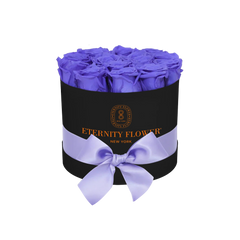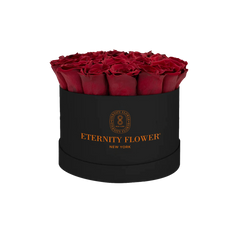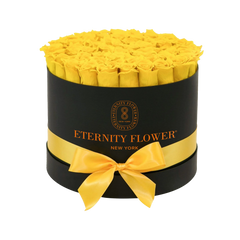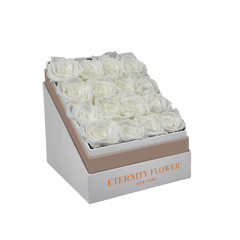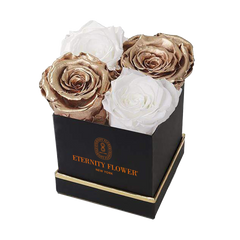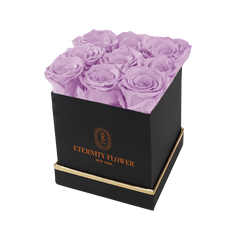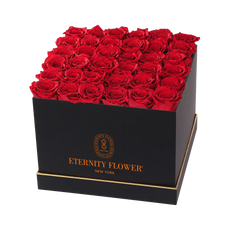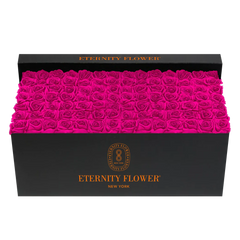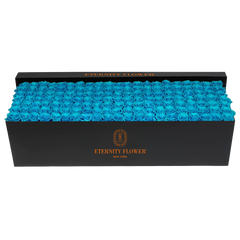Prepare to explore a world of beautiful plants? There is one letter that all 20 of these beautiful flowers that start with G! Get ready to be amazed by nature's beautiful flowers. So, put on your gardening gloves and come with us as we learn about these beautiful flowers that will make any yard or flower arrangement more pleasant.
1. Geranium
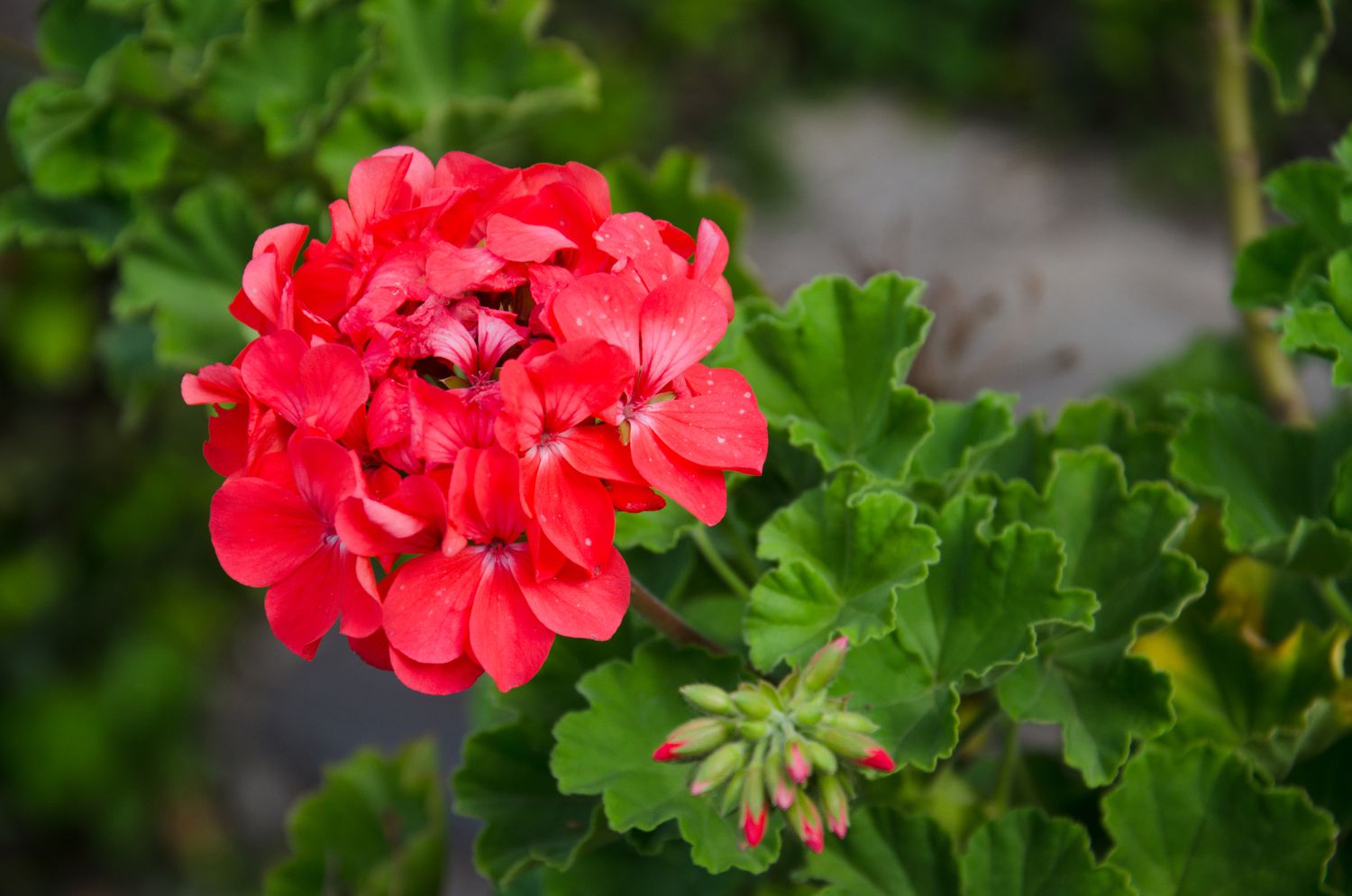
- Flower Type: Geraniums are perennial flowering plants known for their clusters of colorful flowers.
- Growing Zones: Typically grown in USDA hardiness zones 3 to 8, depending on the species.
- Origin: Geraniums are native to temperate regions of the world, including Europe, Asia, and Africa.
- Color: Geranium flowers come in various shades such as red, pink, purple, white, and blue.
Geraniums are popular garden plants valued for their long blooming season, ease of care, and versatility. They are commonly used in flower beds, containers, and hanging baskets, adding vibrant color to gardens and landscapes.
2. Gladiolus
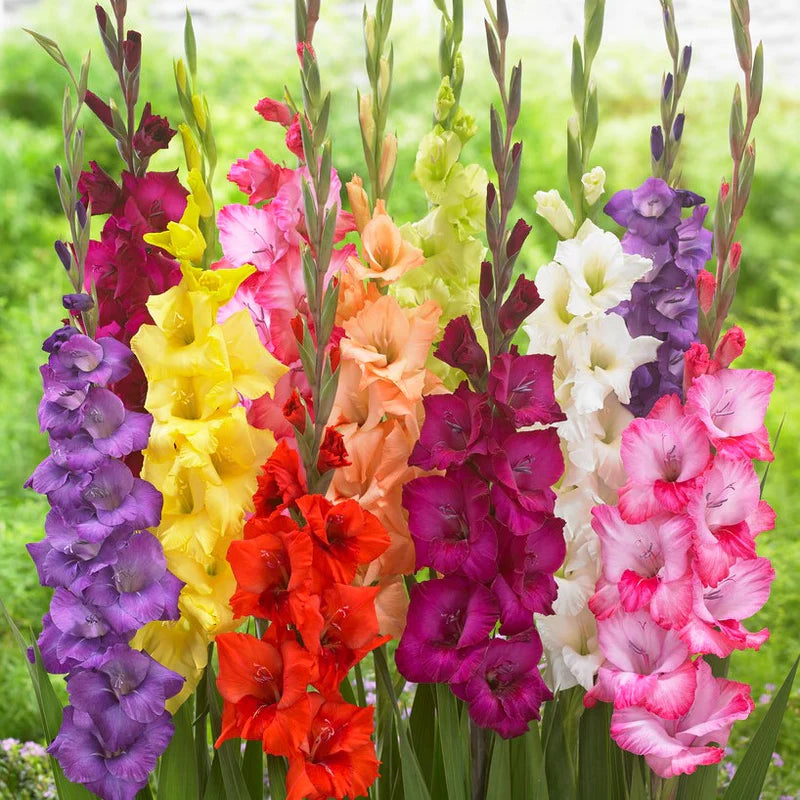
- Flower Type: Gladiolus, often referred to as glads, are tall, elegant flowering plants known for their sword-shaped leaves and spikes of blossoms.
- Growing Zones: Gladiolus thrive in USDA hardiness zones 8 to 11.
- Origin: Native to South Africa, gladiolus have been cultivated and hybridized into a wide range of varieties.
- Color: Gladiolus flowers come in a diverse array of colors including red, pink, orange, yellow, purple, and white.
Gladiolus are prized for their striking vertical form and vibrant blooms, making them popular choices for cut flower arrangements and floral displays. They require full sun and well-drained soil to flourish, and their corms can be lifted and stored over winter in cooler climates.
3. Gardenia
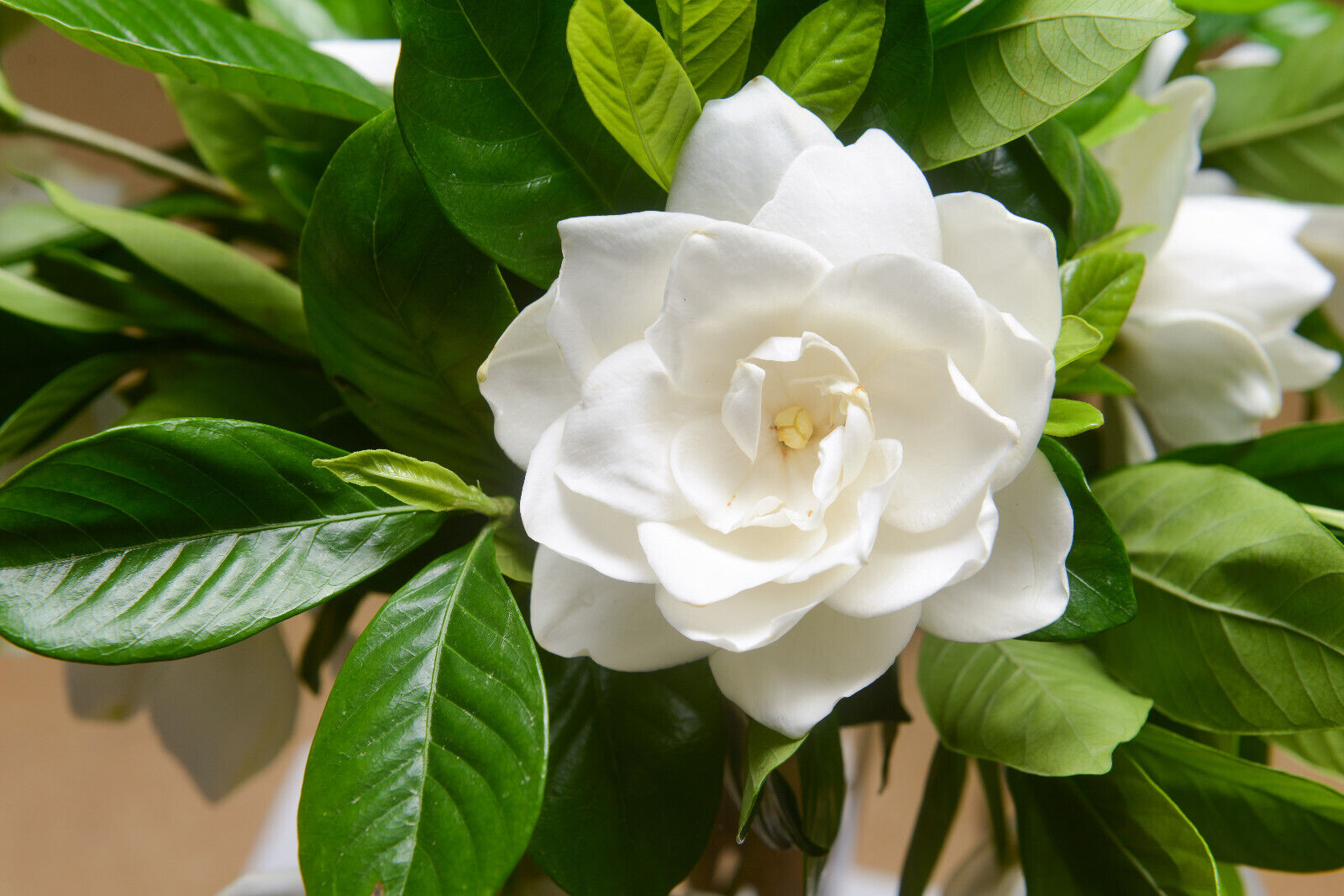
- Flower Type: Gardenias are evergreen shrubs prized for their fragrant, creamy-white flowers and glossy foliage.
- Growing Zones: Typically grown in USDA hardiness zones 8 to 11.
- Origin: Native to tropical and subtropical regions of Africa, Asia, and Oceania.
- Color: Gardenia flowers are typically creamy-white, although some cultivars may have a hint of yellow.
Gardenias are renowned for their intoxicating scent and elegant appearance, making them popular choices for gardens, borders, and as potted plants. They prefer acidic soil and partial shade, and their flowers are often used in corsages and bouquets due to their beauty and fragrance. However, gardenias can be challenging to grow in regions with colder climates, requiring protection from frost and consistent care to thrive.
4. Gazania
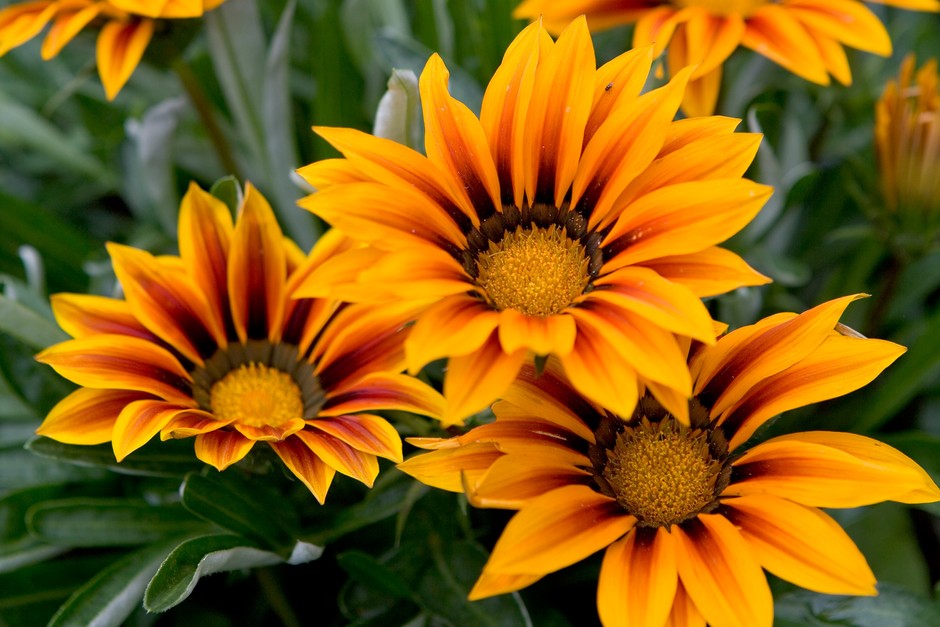
- Flower Type: Gazania is a genus of flowering plants in the family Asteraceae, known for their vibrant daisy-like flowers.
- Growing Zones: Gazanias are typically grown in USDA hardiness zones 9 to 11, but they can be cultivated as annuals in cooler climates.
- Origin: Native to South Africa, Gazanias are often found in dry, sandy areas.
- Color: Gazania flowers come in various colors such as yellow, orange, red, pink, and white, often with striking patterns or markings.
Gazanias are valued for their drought tolerance, making them popular choices for rock gardens, borders, and coastal landscapes. They thrive in full sun and well-drained soil, producing an abundance of colorful blooms throughout the summer months. Gazanias are also excellent ground cover plants, helping to suppress weeds and erosion.
5. Gentian
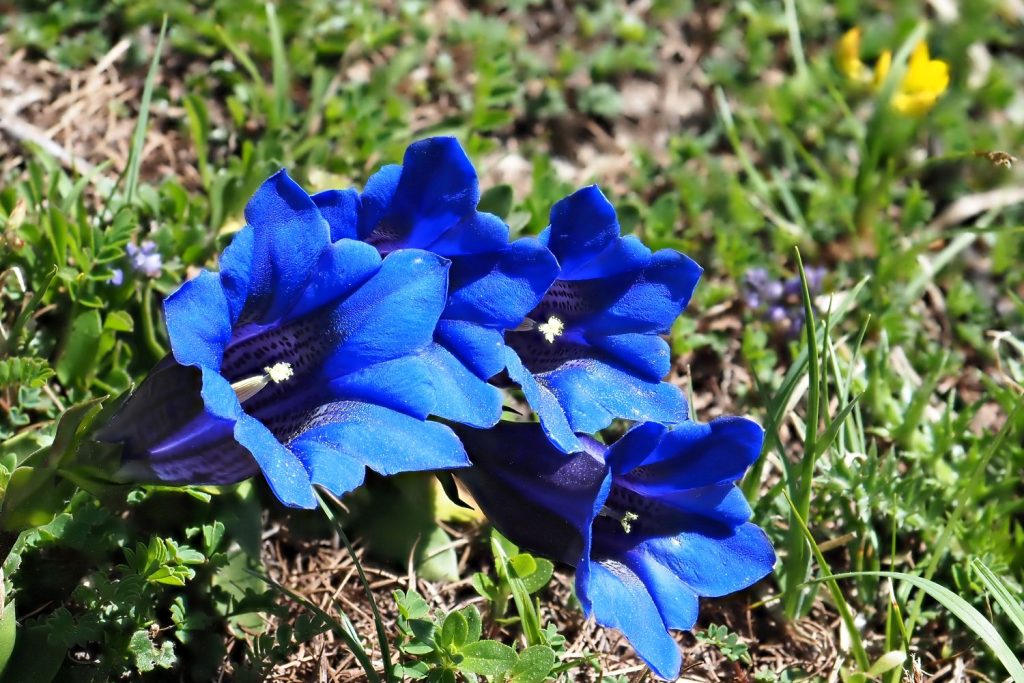
- Flower Type: Gentians are a genus of perennial flowering plants known for their vibrant blue, trumpet-shaped flowers.
- Growing Zones: Gentians grow in various climates, depending on the species, ranging from USDA hardiness zones 3 to 9.
- Origin: Gentians are found in alpine and subalpine regions across Asia, Europe, and North America.
- Color: While blue is the most common color, some gentian species also produce flowers in shades of purple, pink, white, and yellow.
Gentians are prized for their striking beauty and are often sought after by gardeners and wildflower enthusiasts. They typically prefer cool, moist conditions and acidic soil, making them well-suited for rock gardens, alpine gardens, and woodland settings. Gentians are also valued for their medicinal properties and are used in traditional herbal remedies for various ailments.
Read More: 100+ Rare and Cute Flower Names for Dogs and Their Meanings!
6. Geum
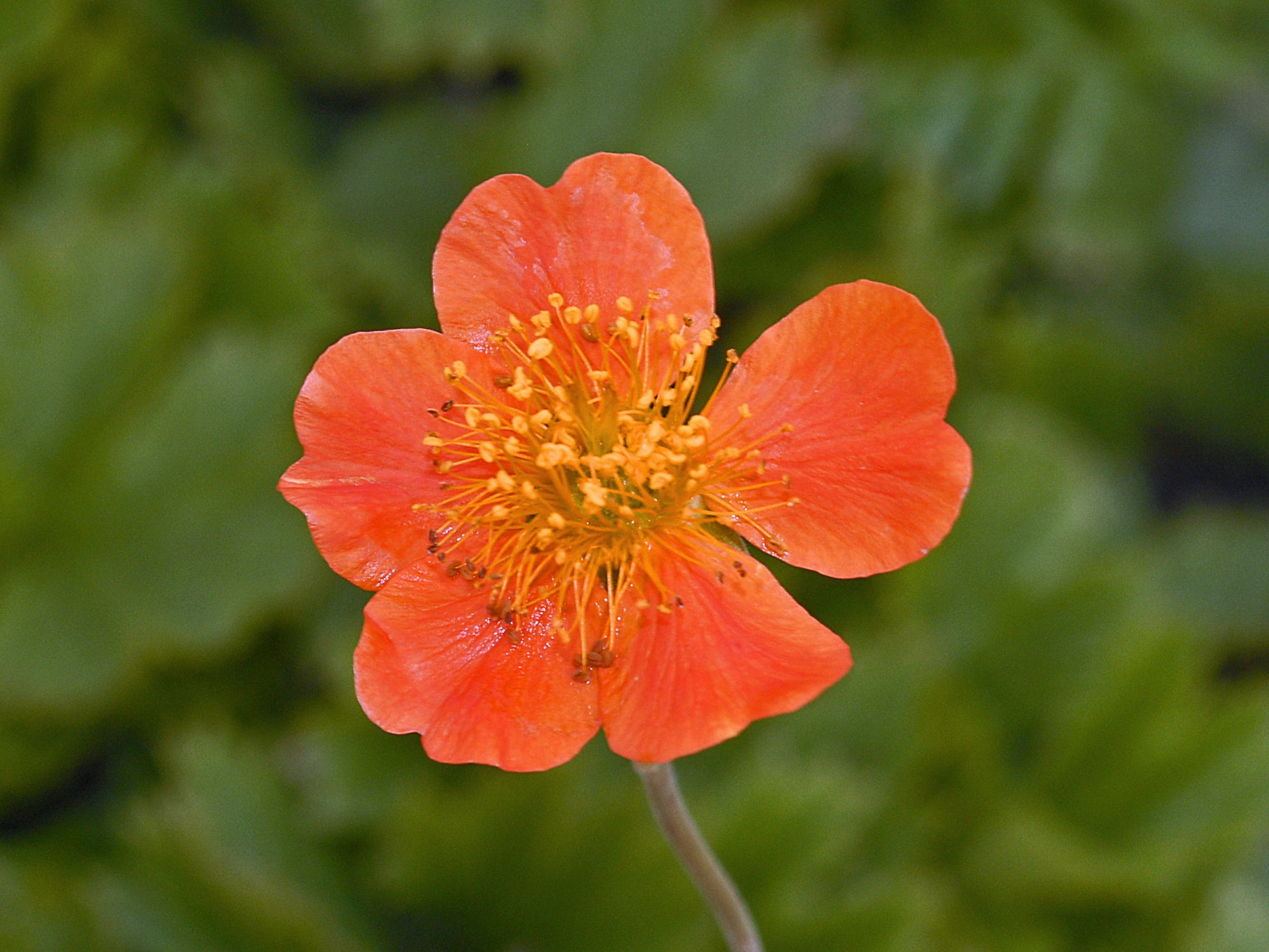
- Flower Type: Geum is a genus of flowering plants in the rose family (Rosaceae), known for their bright, cup-shaped flowers.
- Growing Zones: Geums grow in USDA hardiness zones 3 to 9, depending on the species.
- Origin: Geums are native to Europe, Asia, North America, and South America.
- Color: Geum flowers come in a range of colors including yellow, orange, red, and pink.
Geums are versatile and easy-to-grow perennials, valued for their long blooming season and tolerance of various growing conditions. They thrive in full sun to partial shade and prefer moist, well-drained soil. Geums are commonly used in borders, rock gardens, and cottage gardens, adding cheerful color and texture to the landscape. They are also attractive to pollinators such as bees and butterflies, further enhancing their garden value.
7. Gypsophila (Baby's Breath)

- Flower Type: Gypsophila is a genus of flowering plants in the family Caryophyllaceae, known for their delicate, airy clusters of small white or pink flowers.
- Growing Zones: Gypsophila typically grows in USDA hardiness zones 3 to 9.
- Origin: Native to Europe, Asia, and North Africa.
- Color: The most common color of Gypsophila flowers is white, although pink varieties are also available.
Gypsophila is widely used as a filler flower in floral arrangements, adding texture and lightness to bouquets and centerpieces. It is also popular in dried flower arrangements. In the garden, Gypsophila is valued for its low maintenance and drought tolerance, making it suitable for borders, rock gardens, and xeriscaping. Its delicate appearance belies its resilience, as it can withstand poor soil conditions and harsh weather.
8. Gaillardia
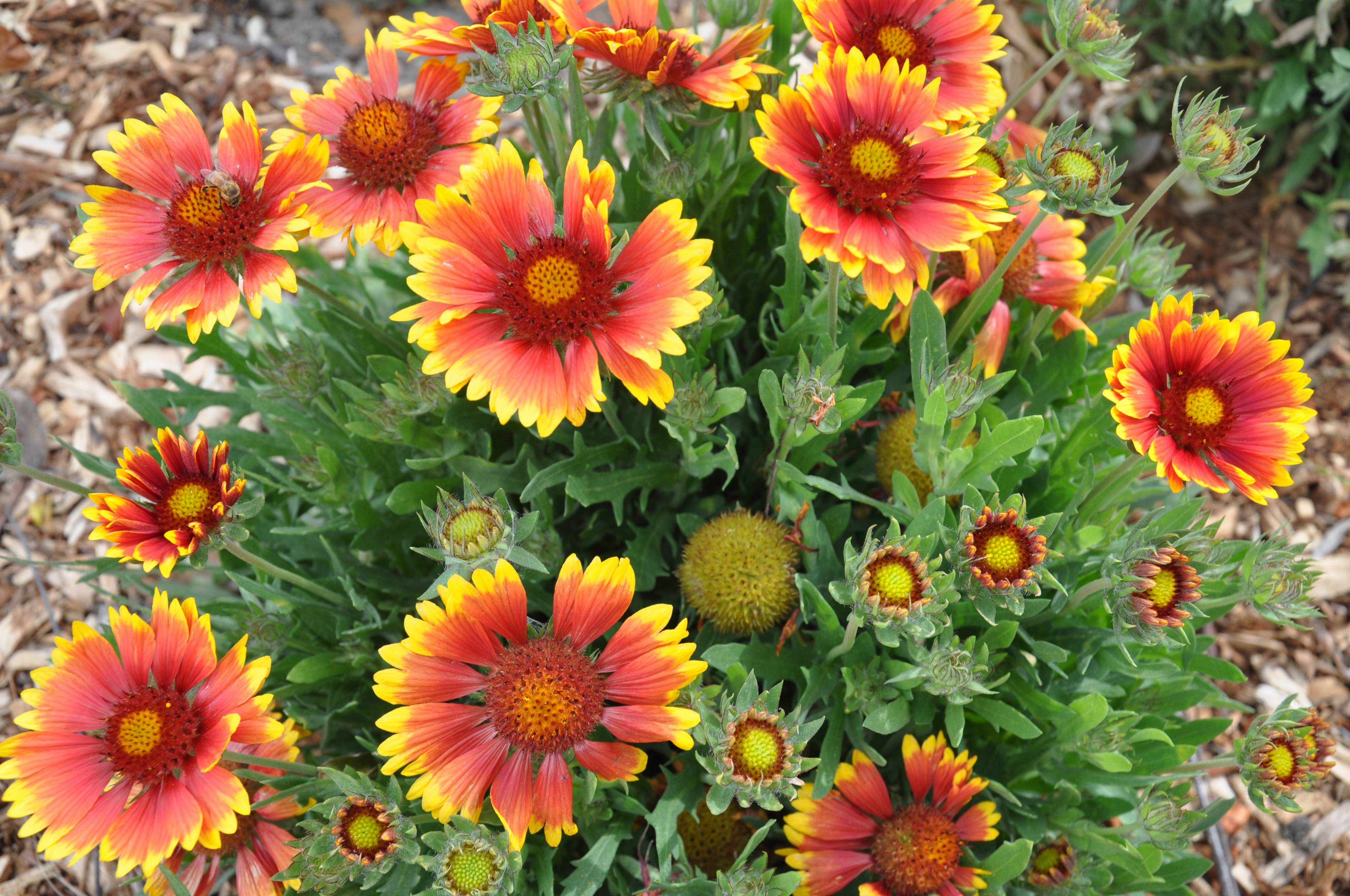
- Flower Type: Gaillardia, also known as blanket flower, is a genus of flowering plants in the sunflower family (Asteraceae), characterized by their daisy-like flowers with prominent central cones.
- Growing Zones: Gaillardia grows well in USDA hardiness zones 3 to 10, depending on the species.
- Origin: Native to North and South America.
- Color: Gaillardia flowers come in various shades of red, orange, yellow, and bi-color combinations.
Gaillardia is prized for its long-lasting blooms and tolerance of hot, dry conditions, making it a popular choice for sunny borders and wildflower gardens. It attracts pollinators such as bees and butterflies, adding life and movement to the garden. Gaillardia is easy to grow from seed and requires minimal maintenance, making it an excellent choice for beginner gardeners. Regular deadheading can prolong the flowering season and encourage bushier growth.
9. Goldenrod
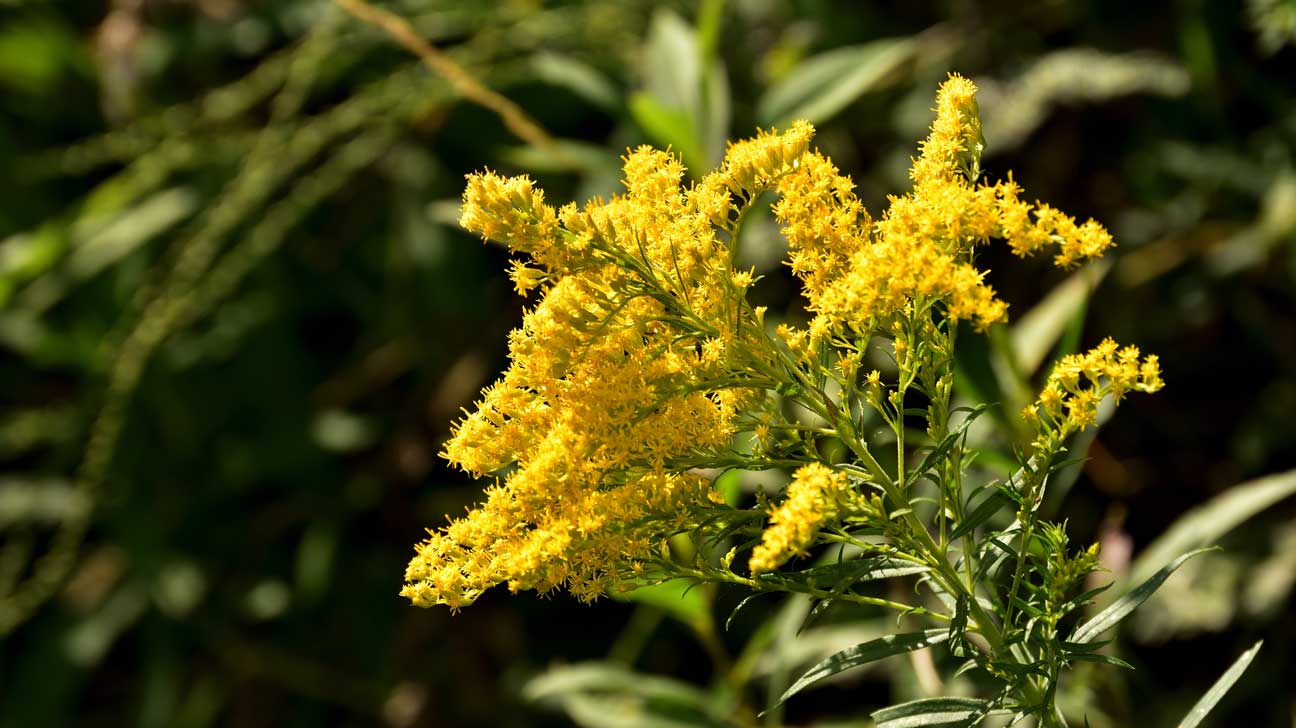
- Flower Type: Goldenrod is a genus of flowering plants in the aster family (Asteraceae), known for their tall spikes of golden-yellow flowers.
- Growing Zones: Goldenrod grows in USDA hardiness zones 3 to 9, depending on the species.
- Origin: Native to North America, Europe, and Asia.
- Color: Goldenrod flowers are typically golden-yellow, but some species may have blooms in shades of cream or white.
Despite its reputation as a cause of hay fever (which is mostly attributed to ragweed), goldenrod is actually not a significant allergen. Goldenrod is valued for its late-season blooms, providing a burst of color in late summer and early fall when many other flowers are fading. It is attractive to pollinators such as bees and butterflies and is often used in wildflower meadows and naturalized areas. Goldenrod is adaptable to various soil types and is relatively low maintenance, making it a popular choice for wildlife gardens and prairie restoration projects.
10. Grape Hyacinth
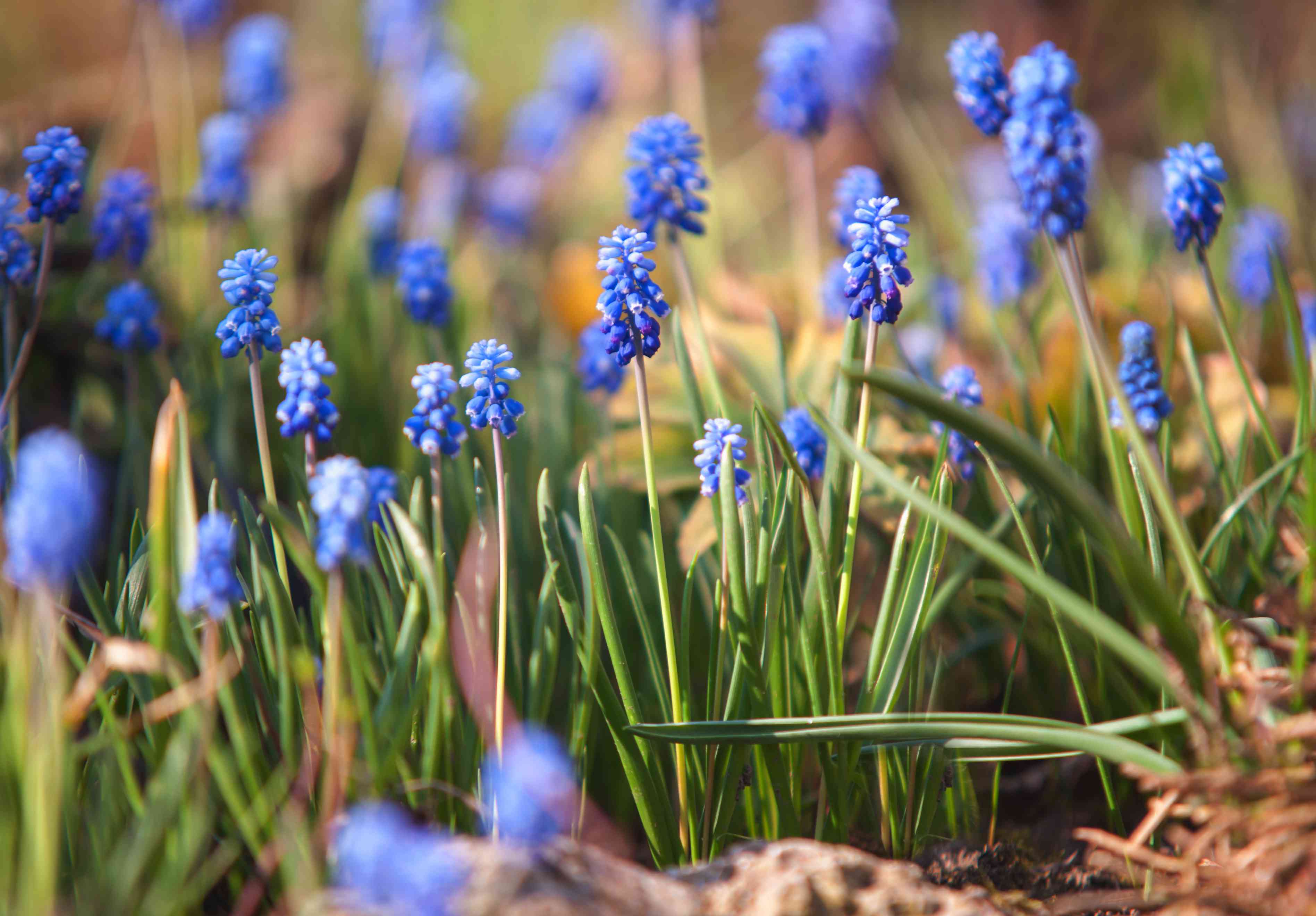
- Flower Type: Grape Hyacinth, also known as Muscari, is a genus of perennial bulbous plants in the family Asparagaceae, known for their dense clusters of small, bell-shaped flowers resembling bunches of grapes.
- Growing Zones: Grape Hyacinth thrives in USDA hardiness zones 3 to 9.
- Origin: Native to Eurasia and North Africa.
- Color: Grape Hyacinth flowers come in various shades of blue, purple, and white.
Grape Hyacinths are popular spring-blooming bulbs, valued for their charming appearance and sweet fragrance. They are often used in rock gardens, borders, and woodland settings, where they naturalize easily and provide early-season color. Grape Hyacinths are relatively low maintenance and prefer well-drained soil and full to partial sun. They are also attractive to pollinators such as bees and butterflies, making them a welcome addition to wildlife gardens.
11. Guzmania (a type of bromeliad)
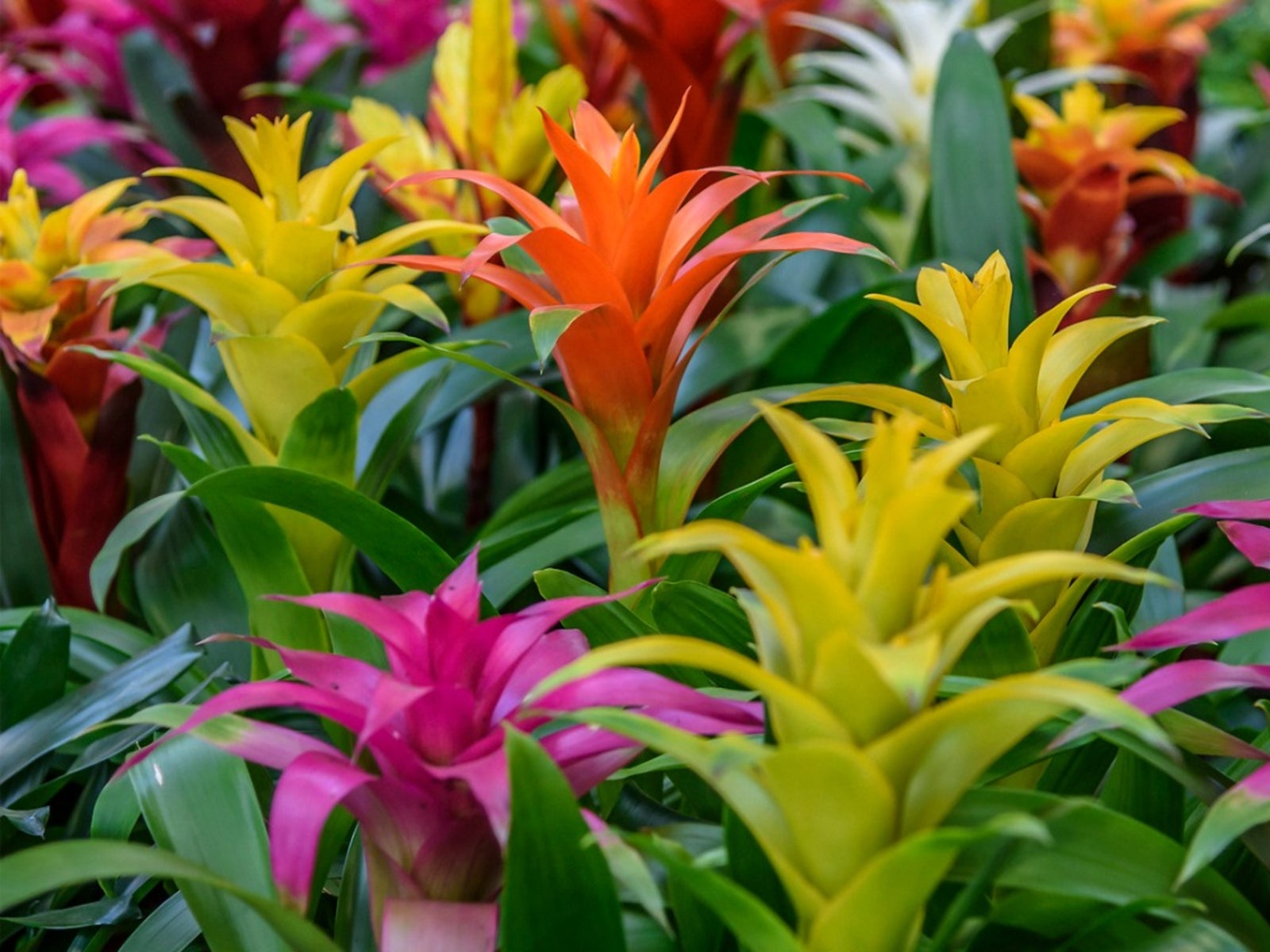
- Flower Type: Guzmania is a genus of flowering plants in the bromeliad family (Bromeliaceae), known for their colorful, long-lasting flower spikes.
- Growing Zones: Guzmania plants are often cultivated indoors or in greenhouses in regions with cold winters.
- Origin: Native to Central and South America, particularly the rainforests of Costa Rica and Brazil.
- Color: Guzmania flowers come in vibrant hues of red, orange, yellow, pink, and purple.
Guzmania plants are popular as indoor houseplants or tropical landscape plants, prized for their striking foliage and showy flower spikes. They prefer bright, indirect light and high humidity, making them ideal for bathrooms or humidified indoor spaces. Guzmania plants are epiphytic, meaning they grow on other plants or surfaces in their natural habitat, so they require a well-draining potting mix or substrate. With proper care, Guzmania plants can bloom for several months, adding a splash of tropical color to any interior space.
Read More: 40 List of Popular Flowers That Start with A
12. Gentiana
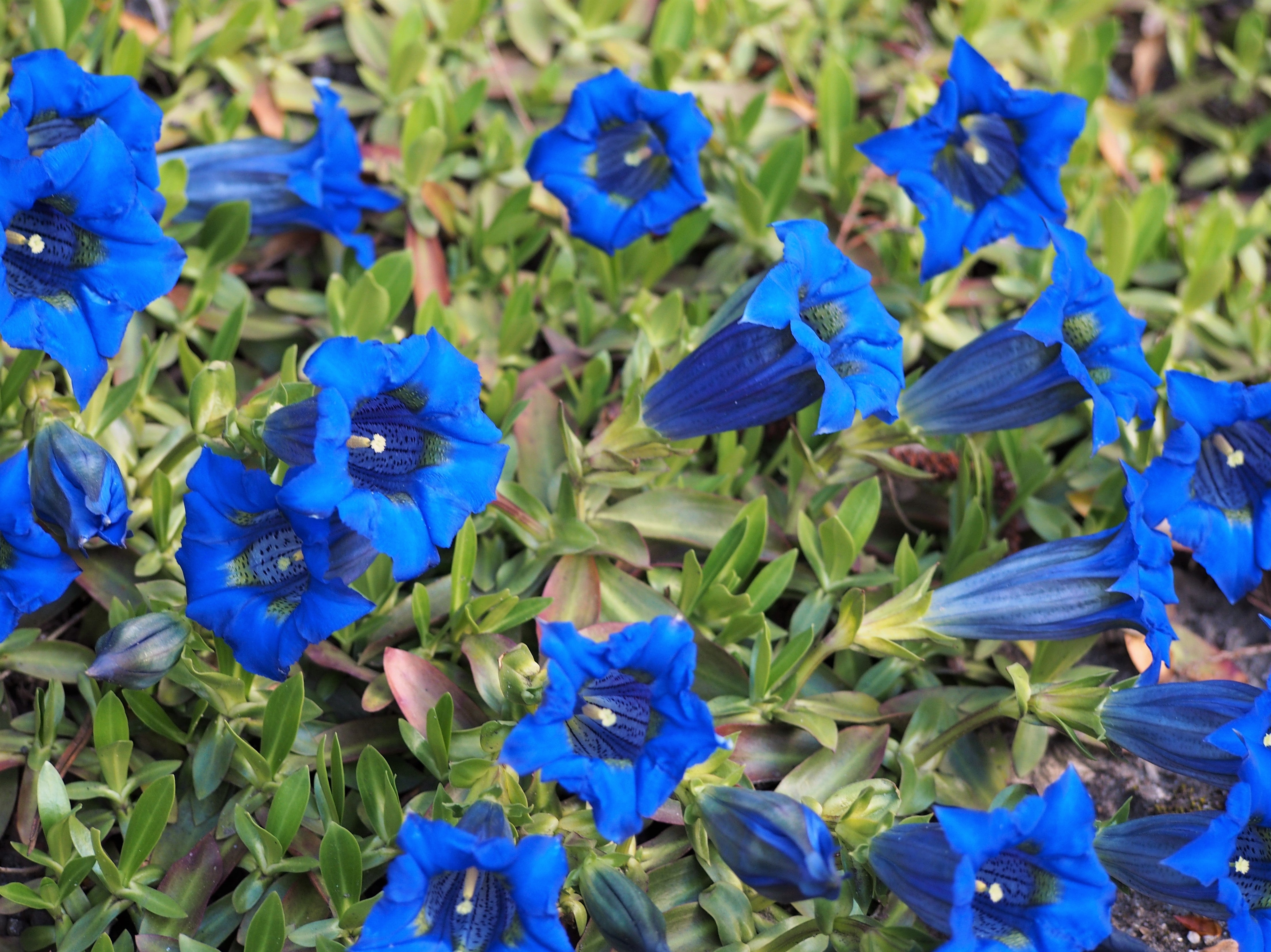
- Flower Type: Gentiana is a genus of perennial flowering plants known for their stunning trumpet-shaped flowers.
- Growing Zones: Gentiana species can thrive in various climates, ranging from USDA hardiness zones 3 to 9, depending on the species.
- Origin: Gentian species are found in alpine and subalpine regions across Asia, Europe, and North America.
- Color: Gentiana flowers typically come in shades of blue, but some species also produce flowers in hues of purple, pink, white, and yellow.
Gentians are highly valued for their vibrant blooms and are often cultivated for ornamental purposes in gardens and landscapes. They prefer cool, moist conditions and acidic soil, making them suitable for rock gardens, alpine gardens, and woodland settings. Gentians are also used in traditional herbal medicine for their medicinal properties.
13. Gloriosa Lily
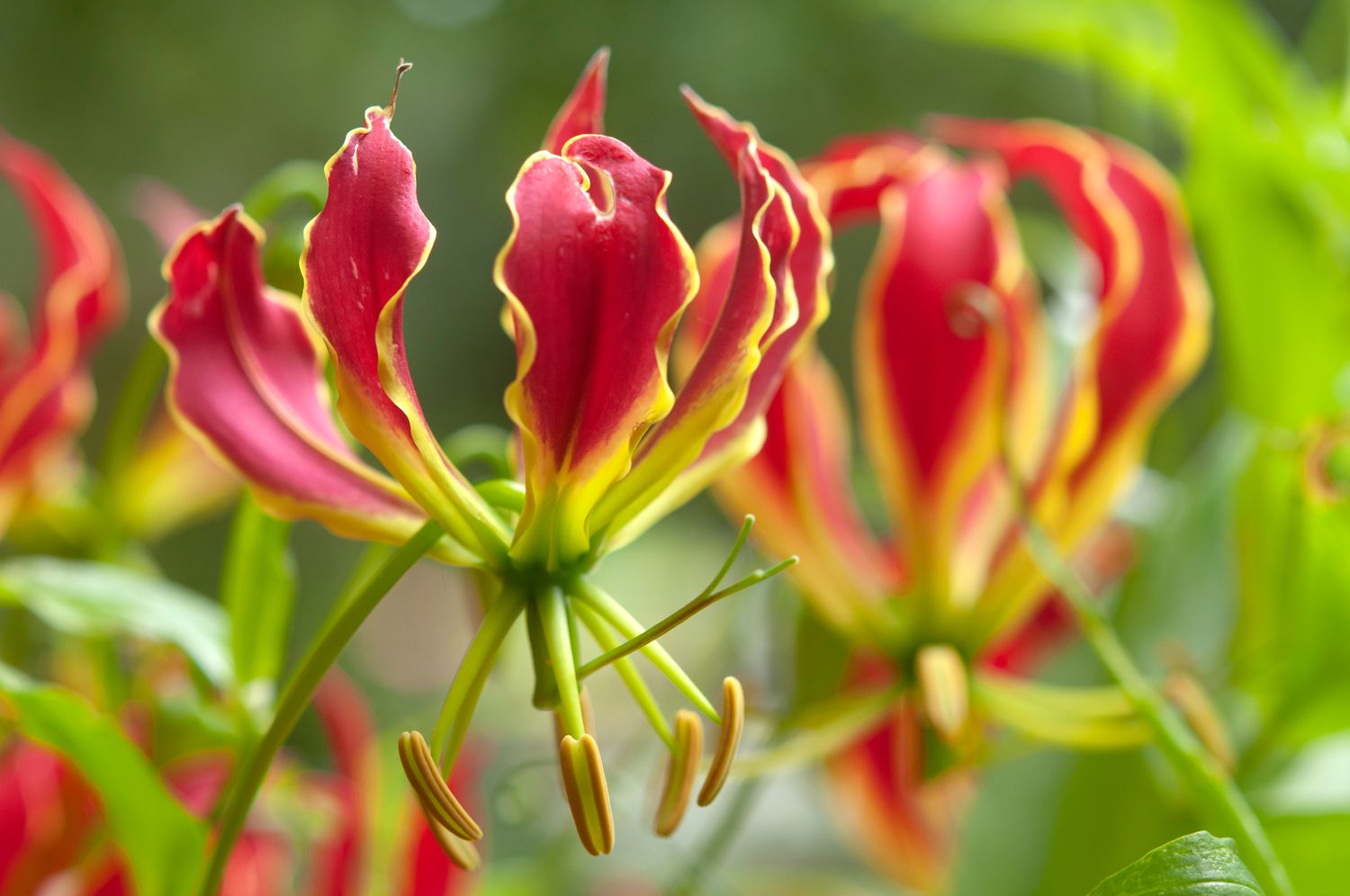
- Flower Type: Gloriosa Lily, also known as Flame Lily or Climbing Lily, is a genus of perennial flowering plants prized for their exotic-looking, flame-like flowers.
- Growing Zones: Gloriosa Lilies thrive in USDA hardiness zones 8 to 11.
- Origin: Native to tropical regions of Africa and Asia.
- Color: Gloriosa Lily flowers typically feature vibrant shades of red, orange, and yellow, often with contrasting markings.
Gloriosa Lilies are renowned for their striking beauty and are often grown as ornamental climbers in gardens and greenhouses. They produce long, trailing vines adorned with tendrils that allow them to climb and scramble over supports such as trellises and arbors. Gloriosa Lilies prefer full sun to partial shade and well-drained soil. Caution should be exercised when handling Gloriosa Lilies, as all parts of the plant are toxic if ingested.
14. Gaura
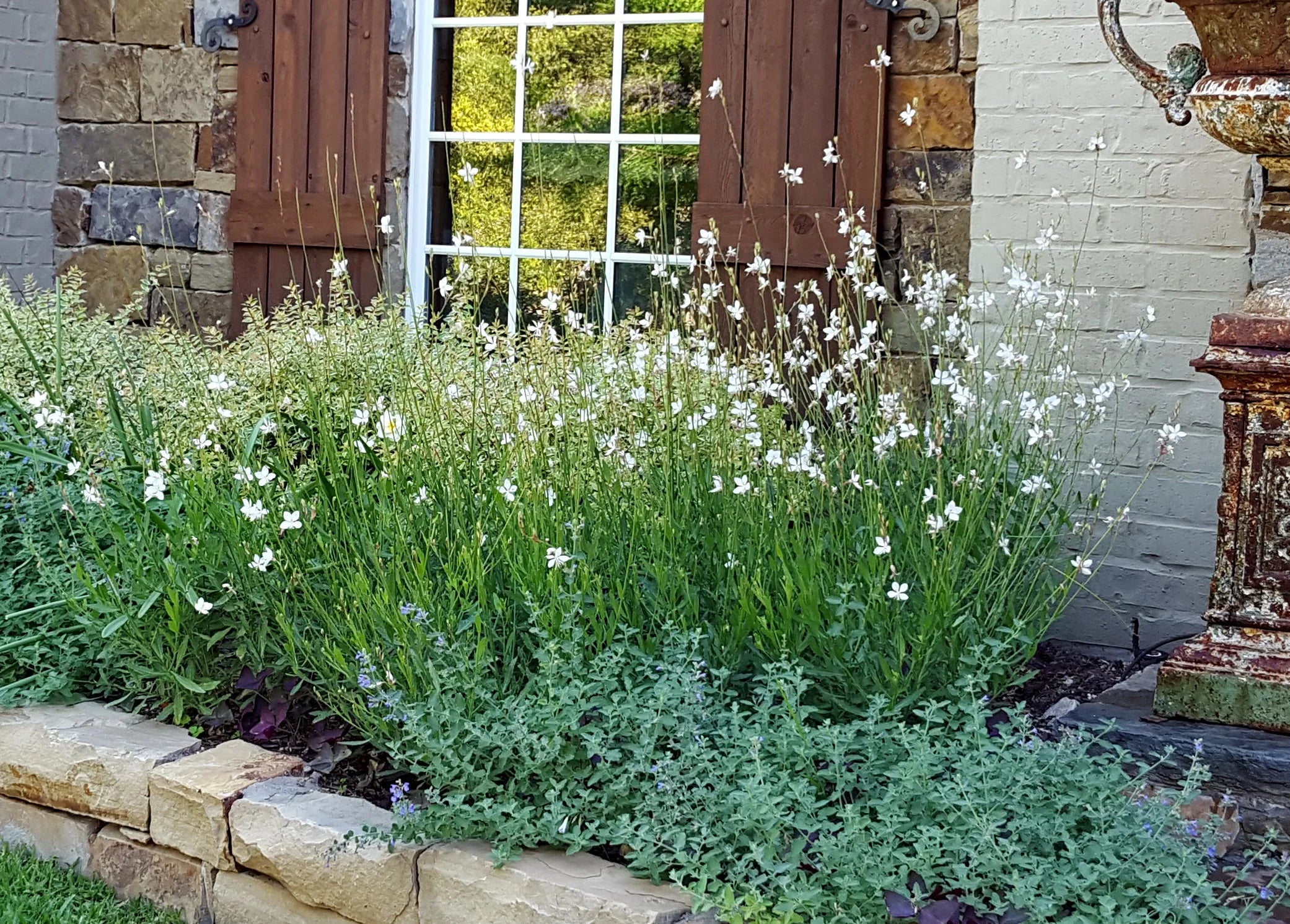
- Flower Type: Gaura is a genus of perennial flowering plants in the family Onagraceae, known for their delicate, wand-like spikes of flowers.
- Growing Zones: Gaura typically grows well in USDA hardiness zones 5 to 9.
- Origin: Native to North America.
- Color: Gaura flowers come in shades of white, pink, or bi-colors.
Gaura plants are valued for their long blooming season, drought tolerance, and graceful appearance. They produce masses of small, four-petaled flowers that flutter in the breeze, giving them a whimsical quality. Gaura is an excellent choice for adding texture and movement to garden borders, cottage gardens, and wildflower meadows. They prefer full sun and well-drained soil and are relatively low maintenance once established. Gaura plants are also attractive to pollinators such as bees and butterflies, making them a valuable addition to wildlife-friendly gardens.
15. Galanthus (Snowdrop)

- Flower Type: Galanthus, commonly known as Snowdrops, are perennial bulbous plants in the Amaryllidaceae family, celebrated for their delicate, bell-shaped white flowers.
- Growing Zones: Snowdrops thrive in USDA hardiness zones 3 to 7.
- Origin: Native to Europe and southwestern Asia.
- Color: Snowdrop flowers are typically white, with each flower consisting of three small outer petals and three inner petals that are shorter and notched.
Snowdrops are among the earliest flowering bulbs to emerge in late winter or early spring, often appearing while snow is still on the ground, hence their name. They are often seen as symbols of hope and renewal, signaling the arrival of spring. Snowdrops naturalize easily in woodland settings, under trees, or in rock gardens, forming lovely drifts of white flowers. They prefer partial shade and moist, well-drained soil.
16. Gunnera
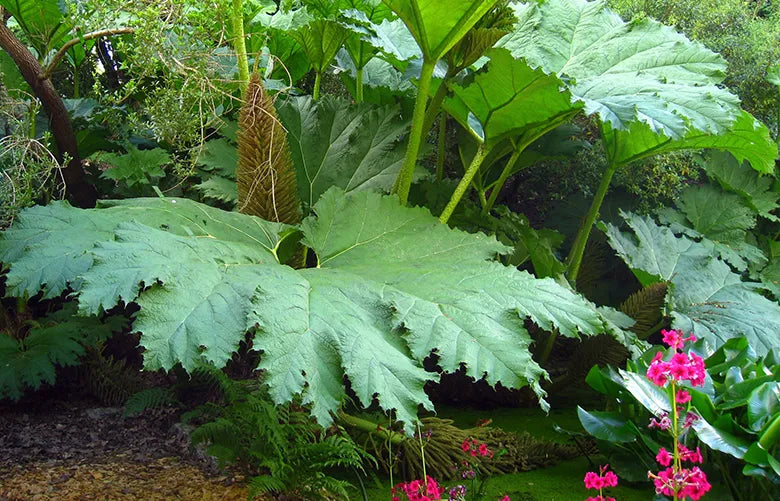
- Flower Type: Gunnera, also known as Giant Rhubarb, is a genus of large-leaved perennial plants in the Gunneraceae family, known for their massive, dramatic foliage.
- Growing Zones: Gunnera typically grows in USDA hardiness zones 7 to 10.
- Origin: Native to South America and New Zealand.
- Color: Gunnera plants produce inconspicuous flowers, but they are primarily grown for their imposing foliage, which can reach several feet in diameter.
Gunnera is prized for its architectural presence in the garden, with leaves that can span several feet across. It is often used as a focal point in water gardens, bog gardens, or damp woodland areas where its large leaves create a lush, tropical ambiance. Gunnera plants prefer moist, boggy soil and partial shade, although they can tolerate full sun with sufficient moisture. While they may not produce showy flowers, the sheer size and spectacle of their foliage make Gunnera a standout feature in any landscape.
17. Gymnocalycium (a type of cactus flower)

- Flower Type: Gymnocalycium is a genus of cacti native to South America, known for their striking, colorful flowers that bloom from the top of their cylindrical stems.
- Growing Zones: Gymnocalycium cacti are often cultivated as houseplants or in greenhouses in regions with cold winters.
- Origin: Native to Argentina, Bolivia, Brazil, Paraguay, and Uruguay.
- Color: Gymnocalycium flowers come in various colors, including shades of pink, red, purple, orange, yellow, and white.
Gymnocalycium cacti are prized for their beautiful and often fragrant flowers, which contrast strikingly with their spiny stems. They are popular among cactus enthusiasts and collectors for their ease of cultivation and compact size. Gymnocalycium cacti prefer bright, indirect sunlight and well-drained soil, with occasional watering during the growing season. They are relatively low maintenance and can tolerate dry conditions, making them suitable for novice cactus growers.
Read More: 36+ List of Flowers that start with C and Where You Can Find It
18. Galium (Bedstraw)
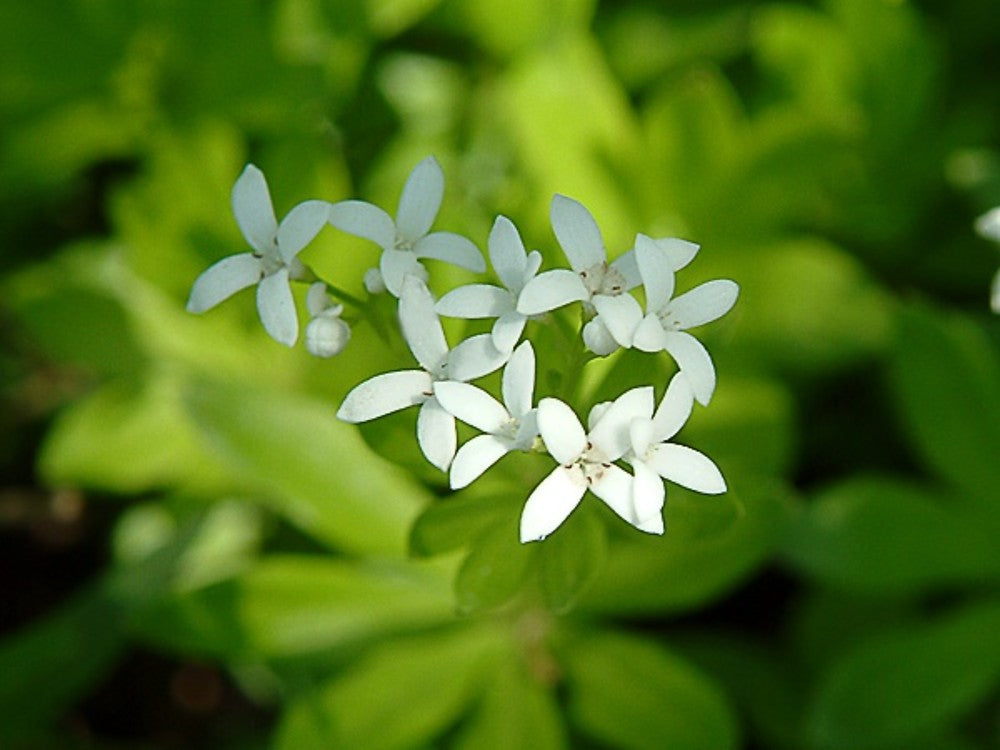
- Flower Type: Galium, commonly known as Bedstraw, is a genus of flowering plants in the Rubiaceae family, characterized by their small, star-shaped flowers and whorled leaves.
- Growing Zones: Galium species are found in various climates and can grow in USDA hardiness zones 3 to 9, depending on the species.
- Origin: Native to temperate regions of Europe, Asia, North America, and Africa.
- Color: Bedstraw flowers come in shades of white, yellow, or green, depending on the species.
Bedstraw plants are often low-growing and sprawling, with slender stems that may climb or trail along the ground. They are valued for their delicate foliage and tiny flowers, which attract pollinators such as bees and butterflies. Some species of Bedstraw have historically been used for medicinal purposes or as dye plants. Bedstraw species are adaptable and can grow in a variety of habitats, including woodlands, meadows, and disturbed areas.
Conclusion
So, ditch the dirt and grab your gardening gloves (or not, really)! From the vibrant Geranium to the cheerful Gazania, there's a gorgeous G-named bloomer waiting to brighten your day. With this list as your guide, get ready to turn your garden into a show-stopping spectacle!






